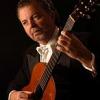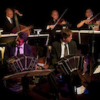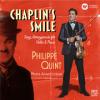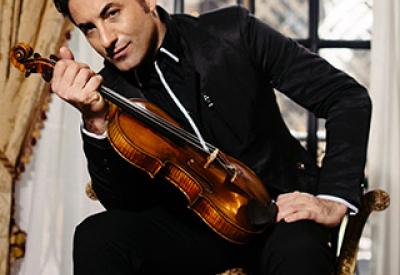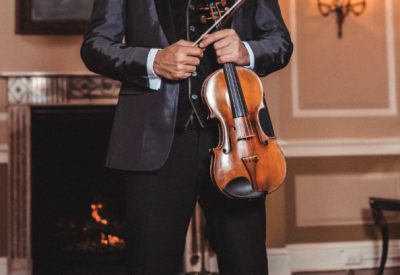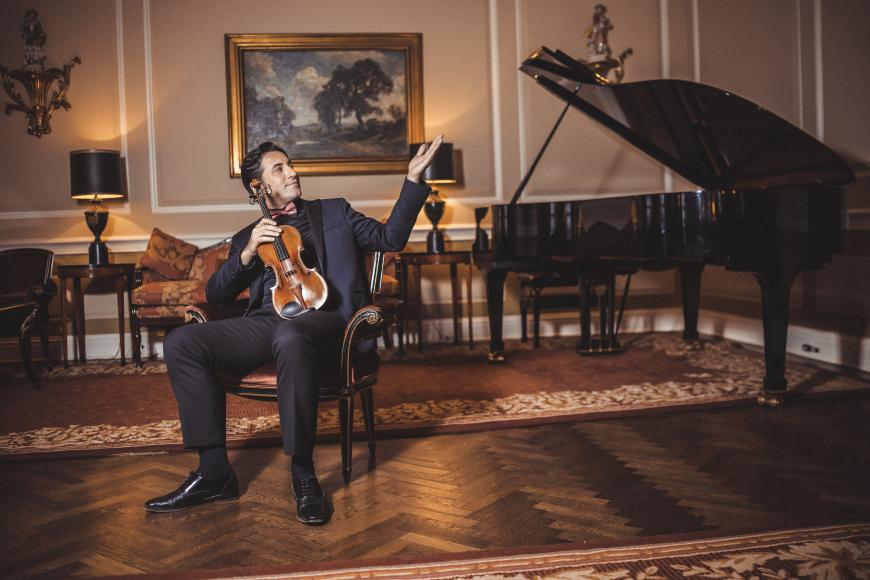
Projected in a sepia blue tint, Astor Piazzolla is a haunting presence in a new streaming program devoted to his life and music. There, in archival footage, the great 20th-century master of the tango coaxes a limber, seductive melody from his squeeze-box bandoneon as a lush string orchestra glides and swoons along with him. Piazzolla looks straight ahead, a smile never crossing his handsomely craggy face. Tango, as anyone who’s heard and seen it performed by first-rate musicians and dancers knows, is a serious matter — passion and art played out in life and death terms.
Central as tango was to his career, as Astor Piazzolla at 100: A Musical Portrait documents, the dance form was by no means the only thing on this fertile musician’s mind. He revered Bach; studied with Nadia Boulanger and Alberto Ginastera; aspired to be “the next Stravinsky”; and funneled jazz, klezmer, and other influences into his own distinctive, durable tango nuevo style. Piazzolla (1921–1992) seems very present and accounted for on the occasion of his centenary.
The 80-minute program, presented by the Philharmonic Society of Orange County and streaming through April 13, is the vigorous handiwork of Philippe Quint, a first-rate violinist who conceived and narrates the tribute. Along with pianist Jun Cho, Quint performs a flowing cascade of musical selections. There are Piazzolla tangos, of course, from early works to the intoxicating, concerto-like “Le Grand Tango,” in an arrangement by Sofia Gubaidulina, that caps the evening.
But the majority of the music is by other composers, from Jerry Bock (a twitchily inflected number from his Fiddler on the Roof) to Bartók, Stravinsky to Duke Ellington to Bach. Quint’s purpose here is to demonstrate the breadth of his subject’s tastes, aspirations, and influences. Along the way we get an elliptical biographical sketch that never fully connects to the musical spectrum. Piazzolla at 100 is a thing of separate components, a pastiche rather more than a rounded, revealing portrait of this fascinating figure.
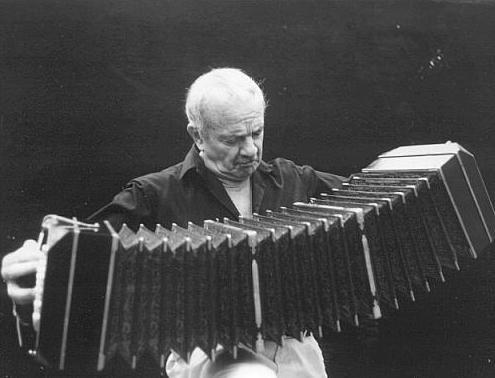
Born in Argentina to Italian immigrant parents, Piazzolla moved with his family to New York when he was 4. Growing up in a tough neighborhood, he learned to defend himself with a quick punch. His nickname was Lefty.
An important early influence was the singer Carlos Gardel — represented here by the wonderful song “Por Una Cabeza” (For a head) — who gave Piazzolla a small role in a film and took him on tour as a bandoneon player. Quint and Cho, flashing the chops they exhibit throughout, play with strut and swagger, a rhythmic insouciance, saucy expressiveness, and yielding tenderness.
The play list scampers from Bock to Ginastera (a beguiling, liquescent “Cuyana,” with a poignant violin line worrying its way above gentle piano arpeggios), Stravinsky (a jazzy, flighty riff from Firebird) to Bach. While Quint’s narrative pauses for some intriguing backstory — there’s an especially good anecdote about the pianist Arthur Rubinstein’s influence in hooking Piazzolla up with Ginastera — the program often moves under its own, somewhat casual logic.
Best to just sit back and let the music flow. In the 1950s, when Piazzolla was “tired of tango,” he turned out pieces like the Prelude No. 1. The harmonies and mordant melody call both Debussy and Rachmaninoff to mind.
Boulanger, whom Piazzolla called “my second mother,” is heard here in a lively, spry arrangement, by Charles Coleman, of an extract from her Three Pieces for Cello and Piano.
Ellington, by way of Stéphane Grappelli, gets name checked with “In a Sentimental Mood.”
Quint concocts a winning Piazzolla-Bach sandwich near the end of the program, an elegant and poised “Oblivion” and whirling, almost fugue-like “Muerte del Ángel” bracketing a bit of a Bach violin sonata. You can almost hear Piazzolla absorbing and transmuting the Baroque into his own flowing, perpetual-motion language.
Like all dance forms — and maybe more viscerally than others — tango is intensely physical. The music’s sensual sinuosity, its sudden swerves and pivots, accelerations and high-temperature hauteur brings a dramatically gorgeous couple or couples to mind. Dance footage doesn’t figure in Piazzolla at 100. But many viewers will see it in their mind’s eye.
Especially in the fervid “Le Grand Tango,” the silk-and-steel bodywork of Forever Tango swam in my memory. I first saw that stage production in 1994, at San Francisco’s Theatre on the Square. For me, those dancers are still moving, hip to hip, shoulder to proud shoulder, eyes locked on each other and ankles coupling and uncoupling, as they smolder and never drop a step.


